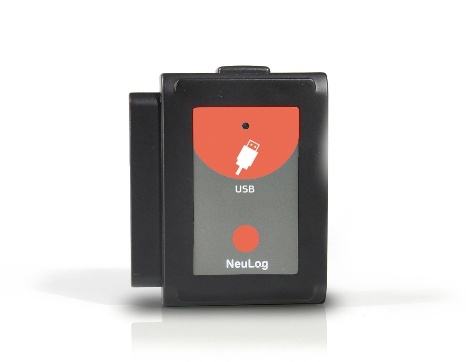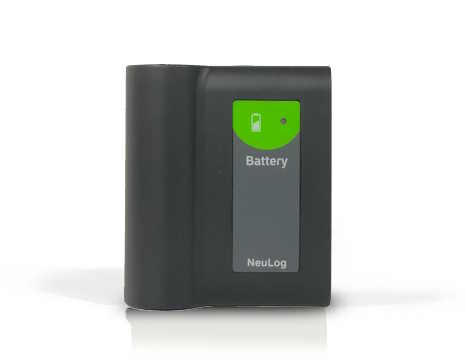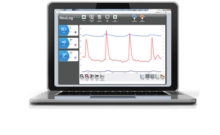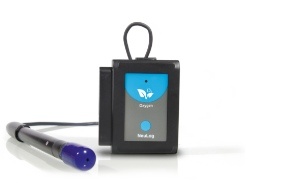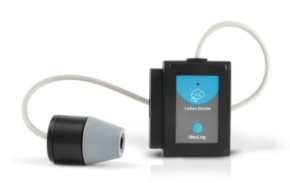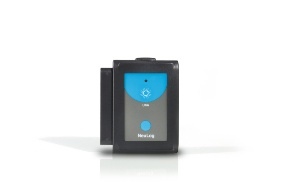This sensor is very versatile with applications in many areas of the natural sciences. It can be used to study photosynthesis in biology, light-emitting chemical reactions in chemistry, the effect of changing voltage on a light-bulb’s output in physics and more. This sensor measures illumination with three ranges; it can be used in low light environments such as in a classroom, or high light environments as in daylight outdoors. With both fast and slow modes, it can be used to measure fast light changes such as those produced by light bulbs connected to an AC supply, as well as the almost steady levels outside on a sunny day. The light sensor in located in a plastic box just behind an access hole.
|
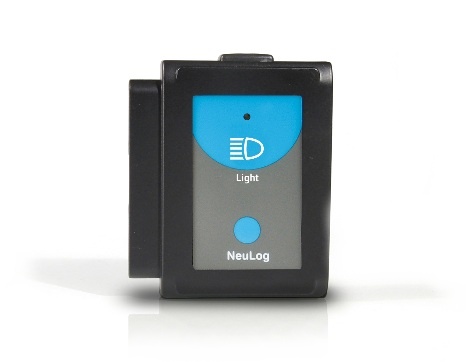 |
|
 |
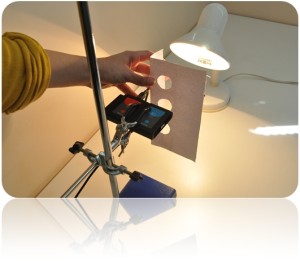 |
Specifications
|

Sensor Guide and Example Labs
 |
Light sensor User Guide What is included with the sensor, Sensor Specifications, Videos and experiment examples, Technical background, Maintenance and storage, and Warranty. |
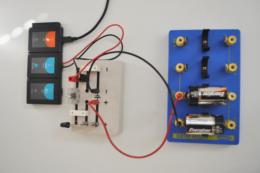 |
How Incandescent Light Bulbs Work? P-11 Physics Experiment (includes also current logger sensor) |
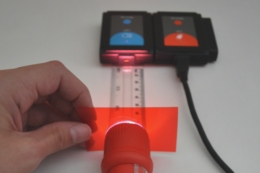 |
Colors of Light P-40 Physics Experiment |
||||
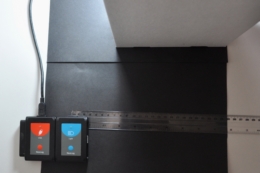 |
Light and Shadow P-41 Physics Experiment |
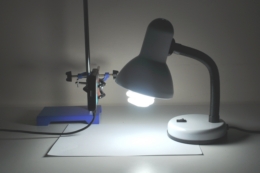 |
Light and Dark Colors P-42 Physics Experiment |
||||
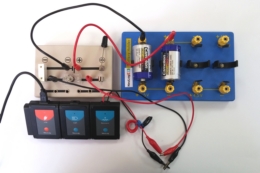 |
Resistance of a Light Bulb P-54 Physics Experiment (Includes also resistance logger sensor) |
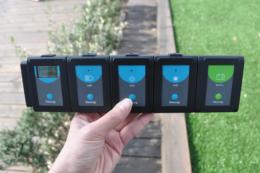 |
Rayleigh Scattering E-6 Environmental science Experiment (includes also UVA and UVB logger sensors) |
||||
Sensor Requirements
|
|
||||||||||||
Related Products – Customers who bought this item also bought..
|
|
|
Sample Data
|
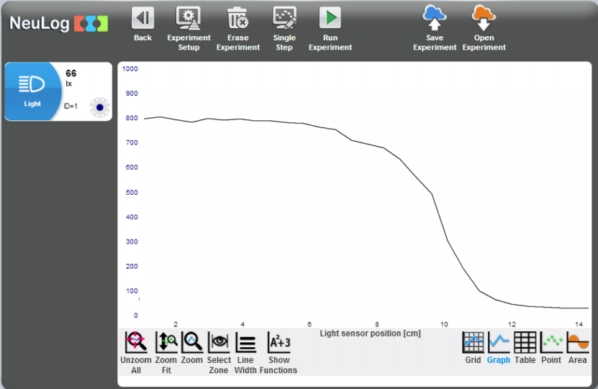 |
Technical Support |

